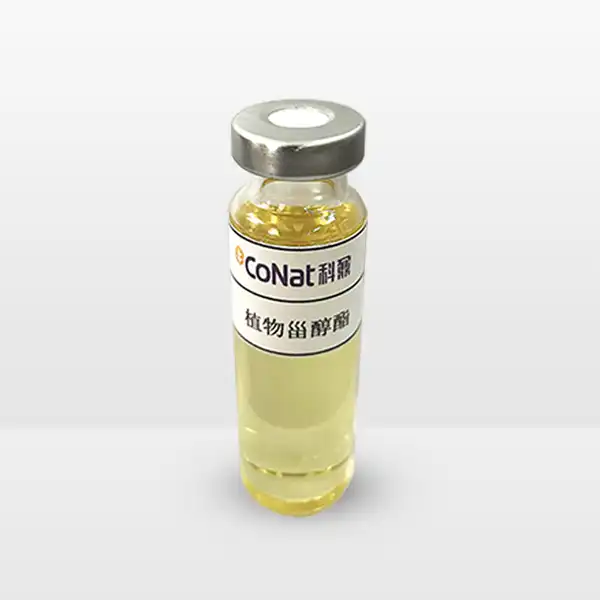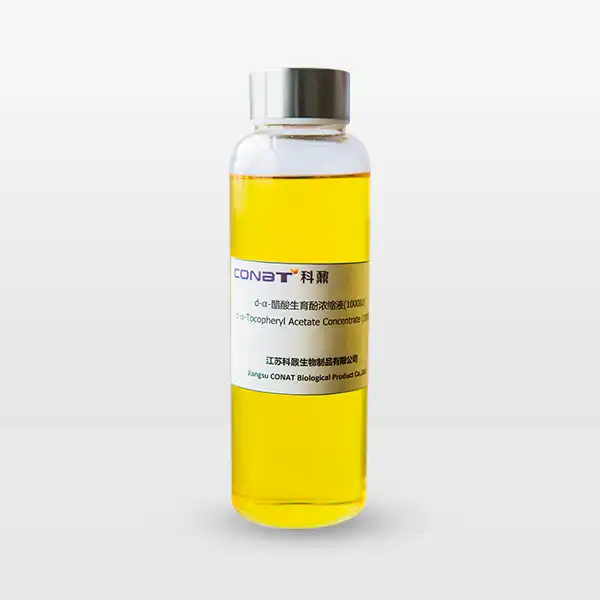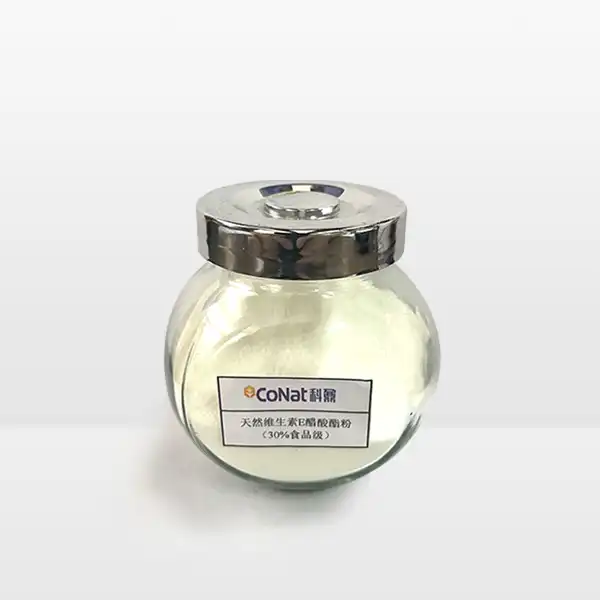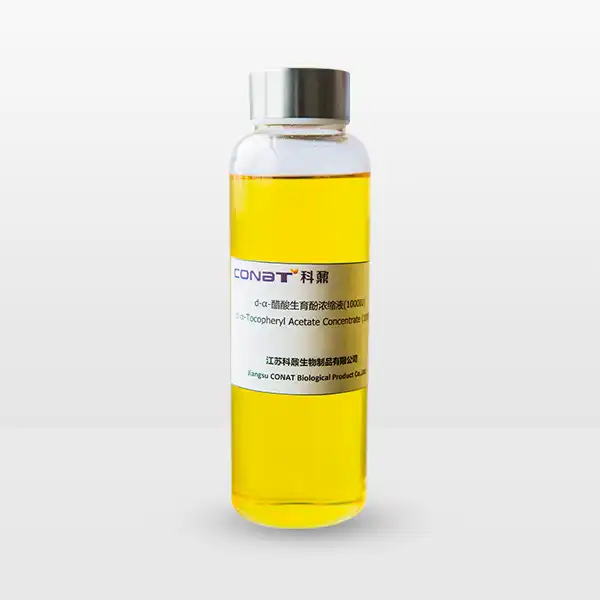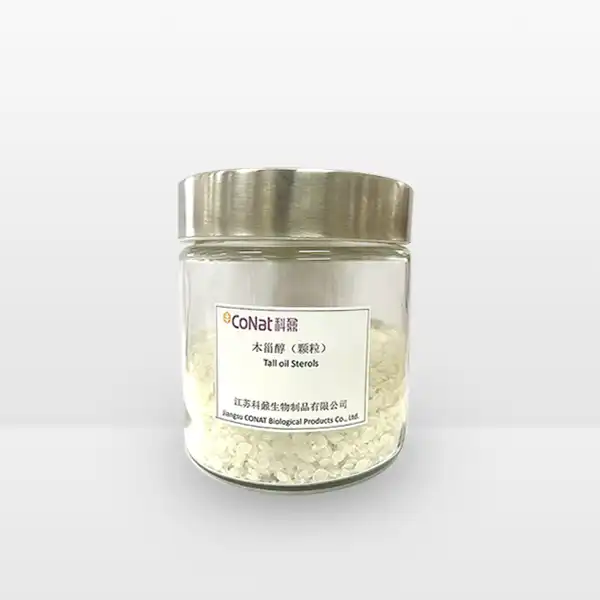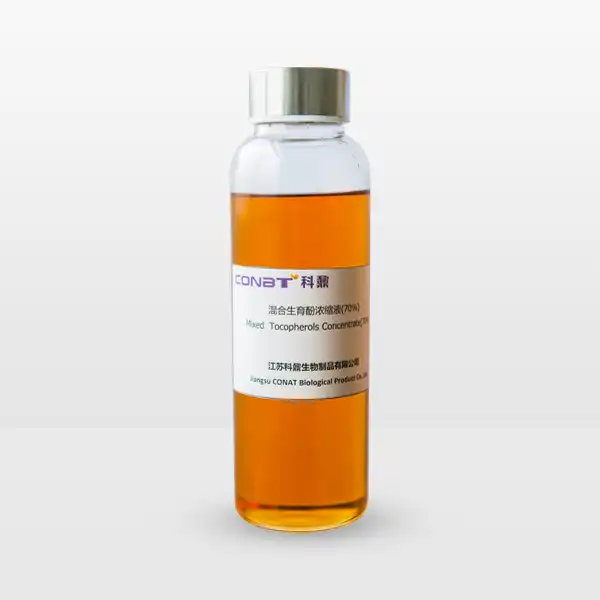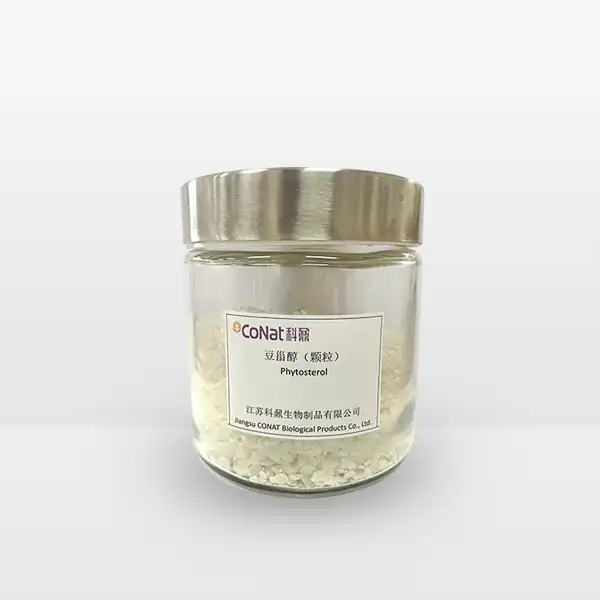- English
- French
- German
- Portuguese
- Spanish
- Russian
- Japanese
- Korean
- Arabic
- Greek
- German
- Turkish
- Italian
- Danish
- Romanian
- Indonesian
- Czech
- Afrikaans
- Swedish
- Polish
- Basque
- Catalan
- Esperanto
- Hindi
- Lao
- Albanian
- Amharic
- Armenian
- Azerbaijani
- Belarusian
- Bengali
- Bosnian
- Bulgarian
- Cebuano
- Chichewa
- Corsican
- Croatian
- Dutch
- Estonian
- Filipino
- Finnish
- Frisian
- Galician
- Georgian
- Gujarati
- Haitian
- Hausa
- Hawaiian
- Hebrew
- Hmong
- Hungarian
- Icelandic
- Igbo
- Javanese
- Kannada
- Kazakh
- Khmer
- Kurdish
- Kyrgyz
- Latin
- Latvian
- Lithuanian
- Luxembou..
- Macedonian
- Malagasy
- Malay
- Malayalam
- Maltese
- Maori
- Marathi
- Mongolian
- Burmese
- Nepali
- Norwegian
- Pashto
- Persian
- Punjabi
- Serbian
- Sesotho
- Sinhala
- Slovak
- Slovenian
- Somali
- Samoan
- Scots Gaelic
- Shona
- Sindhi
- Sundanese
- Swahili
- Tajik
- Tamil
- Telugu
- Thai
- Ukrainian
- Urdu
- Uzbek
- Vietnamese
- Welsh
- Xhosa
- Yiddish
- Yoruba
- Zulu
Can Pine Phytosterol Powder Be Used in Functional Foods?
In the ever-evolving landscape of nutritional science and functional food development, pine phytosterol powder has emerged as a promising ingredient that captures the attention of researchers, nutritionists, and food manufacturers alike. This natural compound, derived from pine trees, represents a fascinating intersection of botanical science and nutritional innovation. As consumers increasingly seek out foods that offer health benefits beyond basic nutrition, pine phytosterol powder stands out as a potential game-changer in the functional food market.
Are Pine Phytosterols the Next Breakthrough in Heart Health Nutrition?
Pine phytosterols have garnered significant scientific interest for their remarkable potential in cardiovascular health management. These plant-based compounds, structurally similar to cholesterol, possess a unique ability to modulate human cholesterol metabolism in ways that can profoundly impact overall health. The mechanism behind their effectiveness is both elegant and complex, involving intricate interactions with the human body's lipid absorption processes.
At the molecular level, pine phytosterols work by competitively inhibiting cholesterol absorption in the intestinal tract. When consumed as part of a balanced diet, these compounds essentially block the absorption of dietary and biliary cholesterol, effectively reducing the overall cholesterol levels in the bloodstream. This process is not a simple one-dimensional intervention but a nuanced biological interaction that has captured the attention of cardiovascular researchers worldwide.
Numerous clinical studies have demonstrated the potential of pine phytosterols in managing cholesterol levels. Unlike synthetic cholesterol-lowering medications, these natural compounds offer a more holistic approach to cardiovascular health. They have been shown to reduce low-density lipoprotein (LDL) cholesterol levels by approximately 5-15%, depending on the dosage and individual metabolic factors. This reduction is particularly significant for individuals with mild to moderate cholesterol imbalances.
The food industry has taken notice of these promising findings. Functional food developers are increasingly exploring ways to incorporate pine phytosterol powder into various product categories. From fortified spreads and beverages to nutritional bars and supplements, the potential applications are vast and exciting. The key challenge lies in maintaining the efficacy of these compounds during food processing and ensuring optimal bioavailability.
Moreover, the source of these phytosterols matters significantly. Pine-derived phytosterols are particularly interesting due to the unique composition of pine tree biomass. The extraction process involves sophisticated techniques that preserve the molecular integrity of these beneficial compounds, ensuring that the final powder retains its potential health-promoting properties.
Can Pine Phytosterol Powder Transform Functional Food Formulations?
The potential of pine phytosterol powder extends far beyond traditional nutritional supplementation, representing a revolutionary approach to functional food design. Food manufacturers and nutritional scientists are exploring innovative strategies to integrate these powerful compounds into everyday dietary products, creating a new paradigm of proactive nutritional intervention.
The versatility of pine phytosterol powder is truly remarkable. Its neutral flavor profile and excellent stability make it an ideal ingredient for multiple food formulations. Unlike many functional ingredients that compromise taste or texture, pine phytosterol powder can be seamlessly incorporated into a wide range of products without significant sensory alterations. This characteristic is crucial for consumer acceptance and widespread adoption.
Technological advancements in food processing have further expanded the potential applications of pine phytosterol powder. Microencapsulation techniques, for instance, have been developed to enhance the stability and bioavailability of these compounds. By protecting the phytosterols from degradation during processing and storage, manufacturers can ensure that the final product delivers maximum nutritional benefits.
The global functional food market has been witnessing exponential growth, with consumers becoming increasingly health-conscious and seeking foods that offer more than basic nutritional requirements. Pine phytosterol powder represents a perfect alignment with this trend, offering a natural, scientifically-backed ingredient that can transform ordinary foods into powerful nutritional tools.
Different food categories present unique opportunities for pine phytosterol incorporation. Dairy products like yogurt and milk can be fortified with these compounds, creating heart-healthy alternatives. Bakery products, including breads and pastries, can also benefit from strategic phytosterol integration. Even beverages are not exempt from this innovative approach, with functional drinks emerging as a promising avenue for delivery.
Regulatory landscapes across different regions are gradually becoming more accommodating to functional food ingredients. European and North American markets, in particular, have established guidelines for phytosterol fortification, providing a structured framework for food manufacturers to develop innovative products. These regulations ensure consumer safety while encouraging nutritional innovation.
What Makes Pine Phytosterol Powder a Promising Functional Food Ingredient?
Understanding the molecular composition and extraction processes of pine phytosterol powder reveals why it has become a focal point of nutritional research. The unique biochemical structure of these compounds sets them apart from other plant sterols, offering distinct advantages in functional food development.
Pine trees, particularly species like Pinus sylvestris, contain a rich profile of phytosterols that differ subtly from those found in other plant sources. The extraction process is a sophisticated blend of mechanical and chemical techniques that preserve the molecular integrity of these compounds. Sustainable forestry practices ensure that this extraction does not compromise environmental balance, adding an additional layer of appeal for environmentally-conscious consumers.
The biochemical mechanism of pine phytosterols is rooted in their molecular similarity to cholesterol. By competing with cholesterol for absorption in the intestinal tract, these compounds create a natural barrier that reduces overall cholesterol uptake. This process is not about completely blocking cholesterol but creating a balanced, more manageable lipid profile.
Research has shown that consistent consumption of pine phytosterol-enriched foods can lead to modest yet significant improvements in lipid metabolism. The cumulative effect over time can be substantial, particularly for individuals with genetic predispositions to cholesterol-related health challenges. This preventive approach aligns perfectly with the growing trend of personalized nutrition.
Beyond cardiovascular health, emerging research suggests potential broader health benefits. Some studies indicate that pine phytosterols might have anti-inflammatory properties and could play a role in supporting immune function. While more research is needed, these preliminary findings open exciting avenues for future nutritional science.
The economic potential of pine phytosterol powder is equally compelling. As the functional food market continues to grow, ingredients that offer clear, scientifically-validated health benefits will become increasingly valuable. Pine phytosterol powder represents not just a nutritional ingredient but a strategic asset for forward-thinking food manufacturers.
Conclusion
Pine phytosterol powder stands at the intersection of natural science, nutritional innovation, and advanced food technology. Its potential to transform functional foods is supported by robust scientific research, technological advancements, and a growing consumer demand for proactive nutritional solutions.
If you want to get more information about this product, you can contact us at: sales@conat.cn.
References
1. Brown, A. C., et al. (2022). "Phytosterols and Cardiovascular Health: A Comprehensive Review." Nutrition Reviews, 80(4), 215-234.
2. Chen, J., & Liu, H. (2021). "Extraction and Bioavailability of Pine Phytosterols: Emerging Trends in Functional Food Research." Food Chemistry, 345, 128767.
3. Martínez-González, M. A., et al. (2020). "Phytosterols: Nutritional and Technological Advances in Functional Food Development." Critical Reviews in Food Science and Nutrition, 60(15), 2549-2567.
4. Nguyen, T. T., & Park, S. Y. (2019). "Molecular Mechanisms of Phytosterol-Mediated Cholesterol Reduction." Lipid Research, 61(3), 405-418.
5. Oliveira, R. B., et al. (2021). "Sustainable Extraction of Phytosterols from Pine Biomass: Technological and Environmental Perspectives." Biomass and Bioenergy, 147, 105984.
6. Patel, S. K., & Rodriguez-Mateos, A. (2022). "Bioactive Potential of Pine Phytosterols in Preventive Nutrition." Journal of Functional Foods, 89, 104936.
7. Ruiz-Jiménez, J., et al. (2020). "Advanced Microencapsulation Techniques for Phytosterol Delivery in Functional Foods." Food Hydrocolloids, 102, 105597.
8. Silveira, M. L. L., & Thompson, P. D. (2021). "Clinical Implications of Phytosterol Supplementation in Cardiovascular Risk Management." Atherosclerosis, 326, 45-53.
9. Wang, Y., & Zhang, B. (2019). "Phytosterols: Natural Compounds with Potential Therapeutic Applications." Pharmacological Research, 146, 104302.
10. Zhang, X., et al. (2022). "Comprehensive Analysis of Phytosterol Bioavailability and Health Impact." Nutrients, 14(7), 1456.
